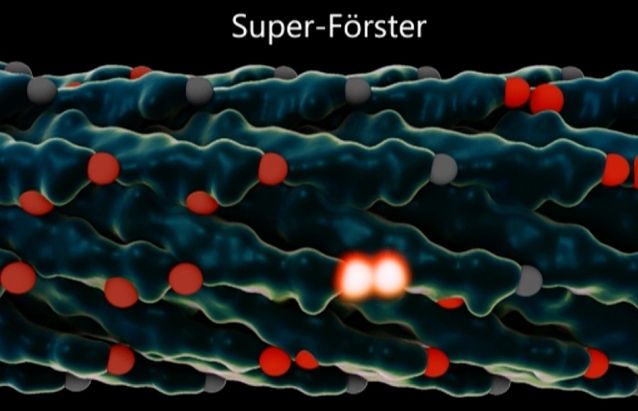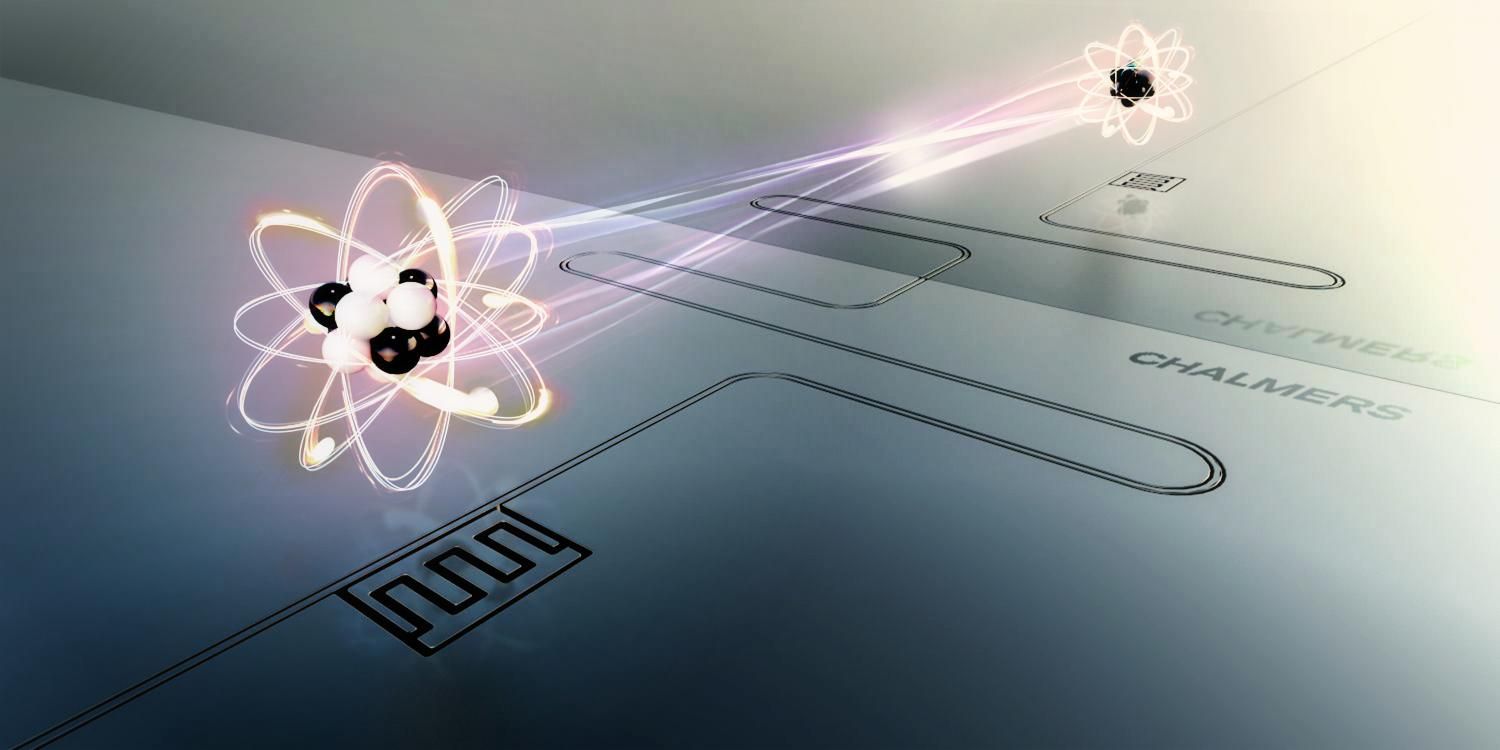Oct 22, 2015
Simulation Shows Time Travel Is Possible
Posted by Sean Brazell in categories: computing, particle physics, quantum physics, time travel
Australian scientists created a computer simulation in which quantum particles can move back in time. This might confirm the possibility of time travel on a quantum level, suggested in 1991. At the same time, the study revealed a number of effects which are considered impossible according to the standard quantum mechanics.
Using photons, physicists from the University of Queensland in Australia simulated time-traveling quantum particles. In particular, they studied the behavior of a single photon traveling back in time through a wormhole in space-time and interacting with itself. This time-traveling loop is called a closed timelike curve, i.e. a path followed by a particle which returns to its initial space-time point.
The physicists studied two possible scenarios for a time-traveling photon. In the first, the particle passes through a wormhole, moving back in time, and interacts with its older self. In the second scenario, the photon passes through normal space-time and interacts with another photon which is stuck in a closed timelike curve.















